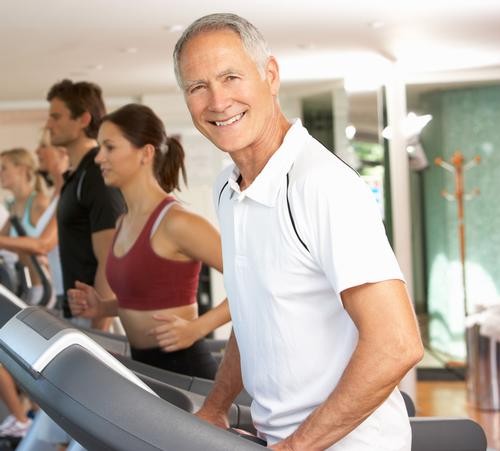28 Jul 2014
Could high intensity workouts be the answer to ageing population issues?
BY Jak Phillips

One of the first studies into the effects of high intensity interval training (HIIT) on elderly people has thrown up results suggesting six seconds bursts of exercise could have a significant impact on their health.
With health services stretched to capacity and the number of elderly people worldwide set to soar, the challenge to minimise age-related ill health has taken on greater significance, with exercise frequently trumpeted as the ideal solution.
There is a growing body of evidence for the benefits of HIIT, which has shot to prominence in recent years through fitness movements like CrossFit, and the new research suggests this applies to all age groups.
The pilot study at Scotland’s Abertay University saw 12 pensioners working at 100 per cent on an exercise bike for six-second bursts, allowing their heart rate to recover before repeating. After twice weekly sessions for six weeks, the pensioners eventually built up to a solid minute of exercise.
The impressive results on the pensioners’ health, published in the Journal of the American Geriatrics Society, led researchers to state that the workout principles could help lower the “astronomical” costs of ill health in the aged. On average, study participants reduced their blood pressure by 9 per cent, increased their circulatory capacity and found it easier to carry out day-to-day activities.
One of the researchers, Dr John Babraj, said that many older people struggle to exercise as they are full-time carers, but said the brevity of HIIT could help them overcome these barriers and lead to significant results.
"We've got an ageing population and if we don't encourage them to be active, the economic burden of that is going to be astronomical,” he told the BBC. "A lot of diseases are associated with sedentary behaviour - like cardiovascular disease and diabetes - but if we can keep people active and functioning then we can reduce the risk.”
Close Window